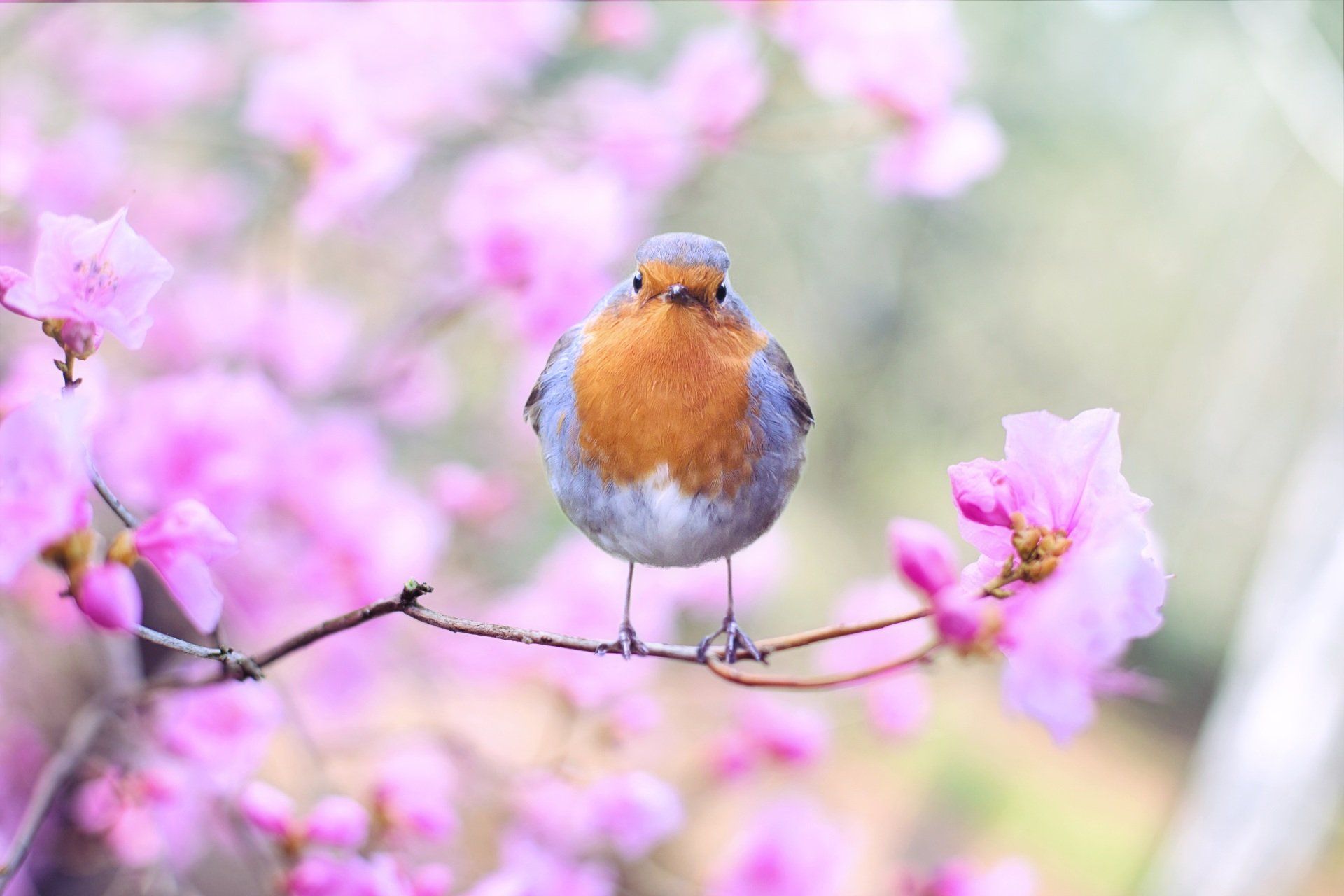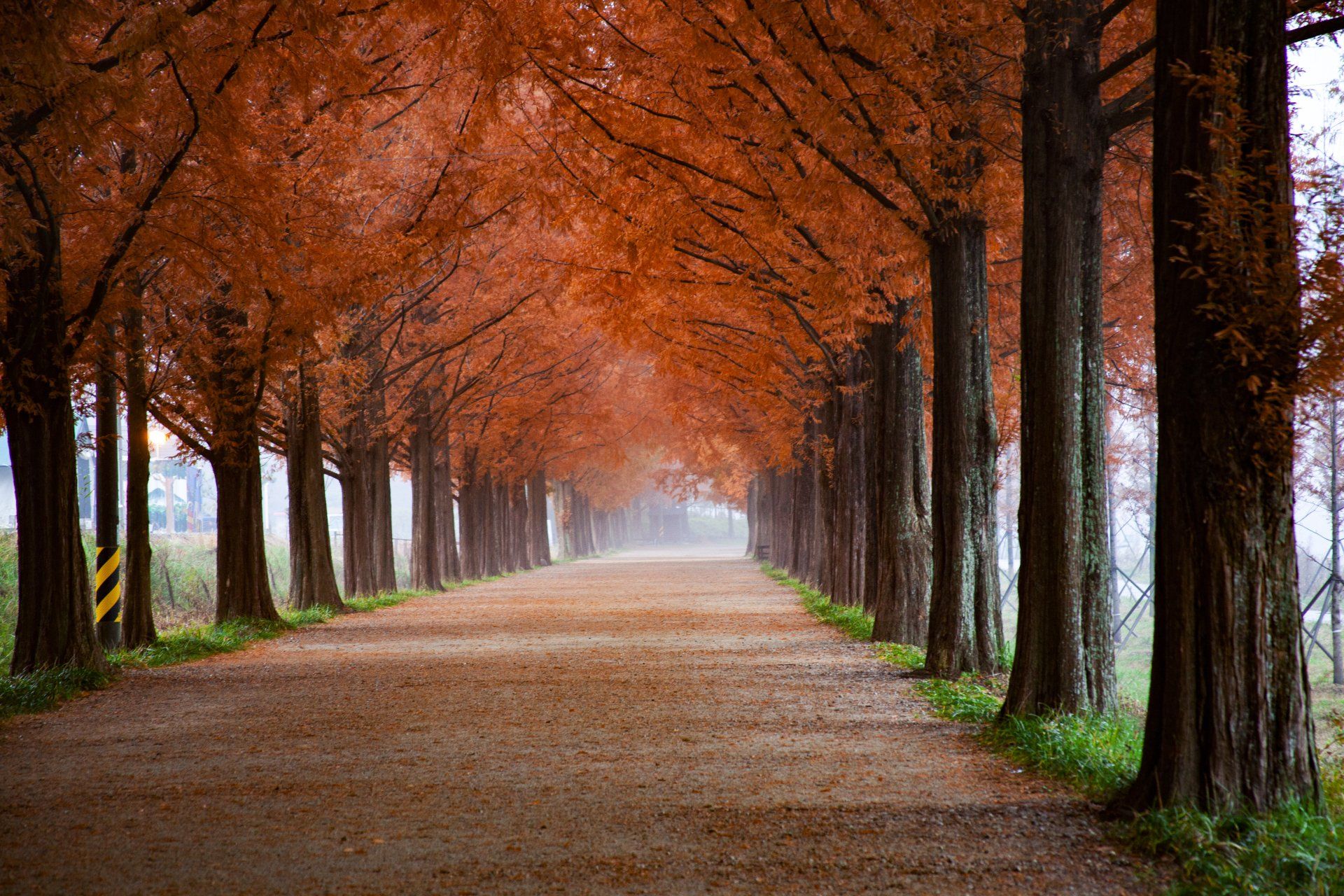Will April Showers Bring May Flowers?
Pioneer Valley (Amherst)
General Conditions:
If “April showers bring May flowers”, then we’re in for a profusion of blooms next month. Cloudy and wet conditions dominated this past reporting period, intermixed with a handful of days boasting bright sun and clear skies. A late season nor’easter swept through the region on 4/4, depositing 2” of snow, sleet and rain across the valley bottom. April snow is seldom welcomed and it lingered for several days in shaded landscapes. Clear skies developed for the eclipse on 4/8 and this celestial phenomenon did not disappoint. The day of the eclipse was one of only five mostly sunny days this month (4/8–9 & 4/15–17). An extended period of clouds and showers from 4/10 through 4/14 peaked with heavy rain and thunderstorms on the morning of 4/12. Accumulations ranged from 1–3” across the tri-counties with the highest totals in western Hampshire and Franklin counties. Since March 1, precipitation totals have ranged from 10–15”, illustrating just how wet this spring season has been. The Connecticut River has been swollen all month and there’s been localized flooding from the Mill River in Hampshire County. The mild temperatures coupled with the increasingly warming soils has accelerated plant development across the landscape. Forsythia, PJM rhododendrons, flowering cherries, and early azaleas all have excellent color right now. Cherries in particular look great, in contrast to last year at this time when the early February deep freeze destroyed most of their flower buds. Turfgrasses have rapidly greened and the first mowing has commenced on scattered lawns. Pollen season is quickly ramping up with more plants pushing growth combined with the windy conditions of the season. Spring peepers have been very active and this evening chorus is one of the great sounds of spring.
Pests/Problems:
The persistent cloudy and wet weather combined with the mild temperatures and high humidity overnight on 4/11 and 4/12 created ideal conditions for Gymnosporangium rust fungi. They can be found sporulating on Juniperus, especially eastern redcedar (J. virginiana). Diseases caused by Gymnosporangium include cedar-apple rust (pictured here), cedar-quince rust, hawthorn rust, and pear trellis rust, among many others. Aphids on newly emerging Japanese maple leaves were observed. These sucking insects don’t cause major damage, but heavy infestations can deform leaves as they develop in the spring. For smaller trees, a strong jet of water from a spray bottle can dislodge them. Additional early season aphid pests such as snowball aphids on viburnum and balsam twig aphids on balsam/Fraser fir will be visible soon as new growth develops. Deer browse on tulips was also observed. The tearing action of their feeding pulled several bulbs right out of the soil. This time of year, a variety of small green caterpillars can chew and roll leaves of deciduous hardwoods. Careful scouting is required to find them and for recently transplanted trees, they should be removed.











